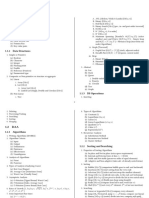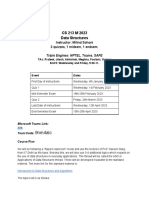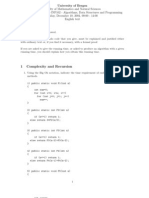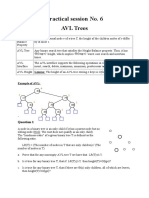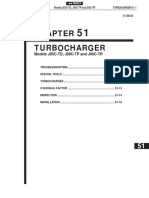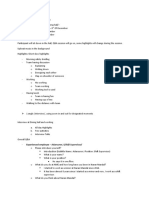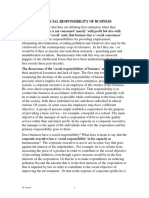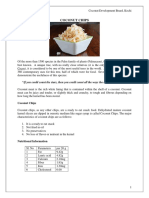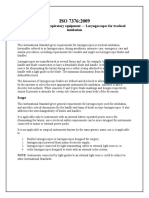0% found this document useful (0 votes)
9 views7 pagesDS Assignment 3 (Theory)
The document outlines algorithms for various data structure operations, including tree and graph manipulations, such as insertion, traversal, and conversion of binary search trees to doubly linked lists. It also describes methods for checking heap validity and implementing Prim's and Kruskal's algorithms for minimum spanning trees. Additionally, it includes breadth-first and depth-first search algorithms for graph traversal.
Uploaded by
emanfatima2t8Copyright
© © All Rights Reserved
We take content rights seriously. If you suspect this is your content, claim it here.
Available Formats
Download as PDF, TXT or read online on Scribd
0% found this document useful (0 votes)
9 views7 pagesDS Assignment 3 (Theory)
The document outlines algorithms for various data structure operations, including tree and graph manipulations, such as insertion, traversal, and conversion of binary search trees to doubly linked lists. It also describes methods for checking heap validity and implementing Prim's and Kruskal's algorithms for minimum spanning trees. Additionally, it includes breadth-first and depth-first search algorithms for graph traversal.
Uploaded by
emanfatima2t8Copyright
© © All Rights Reserved
We take content rights seriously. If you suspect this is your content, claim it here.
Available Formats
Download as PDF, TXT or read online on Scribd
/ 7










